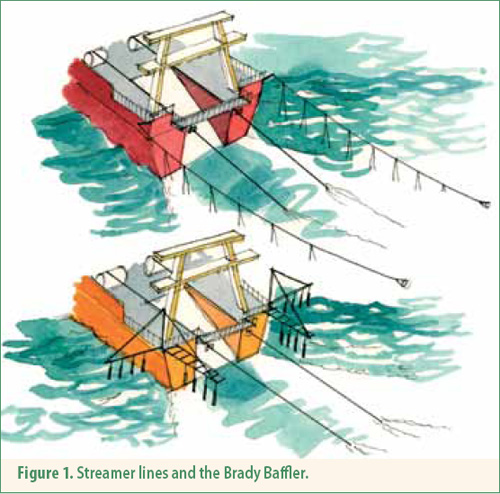New Zealand's trawl fishery for Hoki Macruronus novaezelandiae, the country's largest marine-capture fishery, was first accredited by the Marine Stewardship Council as environmentally friendly in 2001 and then re-certified in 2006. The fishery is now undergoing its second re-certification.
"Hoki is an offshore midwater fish, widely distributed but abundant at depths between 200-600 m throughout New Zealand waters. It's also known as whiptail, blue hake or blue grenadier. Hoki are fast growing fish, males may grow up to about 112 cm long, and females up to 130 cm long and 7 kg in weight. Hoki live naturally to about 20-25 years and they feed on shrimps, small fish and squid."
"NZ hoki are caught using pelagic trawls (mid-water) during the winter spawning season, and bottom trawls at other times of year. The main fishing grounds for NZ hoki are on the Chatham Rise (east of the South Island) and in the Sub-Antarctic and seasonally off the West Coast of the South Island, in Cook Strait. The volume of hoki taken from this fishery varies depending on the allowable catch set by the NZ Ministry of Fisheries each year. Last fishing year ended September 2011 the fishery produced nearly 120,000 mt, and this figure has been upgraded to 130,000 mt this coming year as a result of the rebuilding of stocks in recent times."
In order to reduce incidental mortality of albatrosses and petrels, Hoki mid-water and bottom trawlers have been required since March last year to adopt one of three mitigation measures as set out in Seabird Scaring Devices Circular 2010 by the New Zealand Ministry of Fisheries and published in the New Zealand Gazette. The three measures are deployment of paired bird-scaring (streamer or Tori) lines, a bird baffler or a warp deflector; all of which are described in detail and depicted in the Circular.
The Circular applies to all vessels 28 metres or greater in overall length that use a trawl net in New Zealand fisheries waters. The chosen mitigation device must be carried aboard and deployed as soon as is practicable after the shooting of the net, and must remain deployed for as long as practicable prior to the net being brought back on board the vessel.

Reference:
Seabird Scaring Devices Circular 2010 (No. F517). New Zealand Gazette, No. 29. 11 March 2010. pp. 763-767.
For more information on Hoki go to http://www.fishbase.org/Summary/SpeciesSummary.php?id=182.
With thanks to Matt Rayner, ACAP Australasian News Correspondent for information.
John Cooper, ACAP Information Officer, 2 December 2011

 English
English  Français
Français  Español
Español